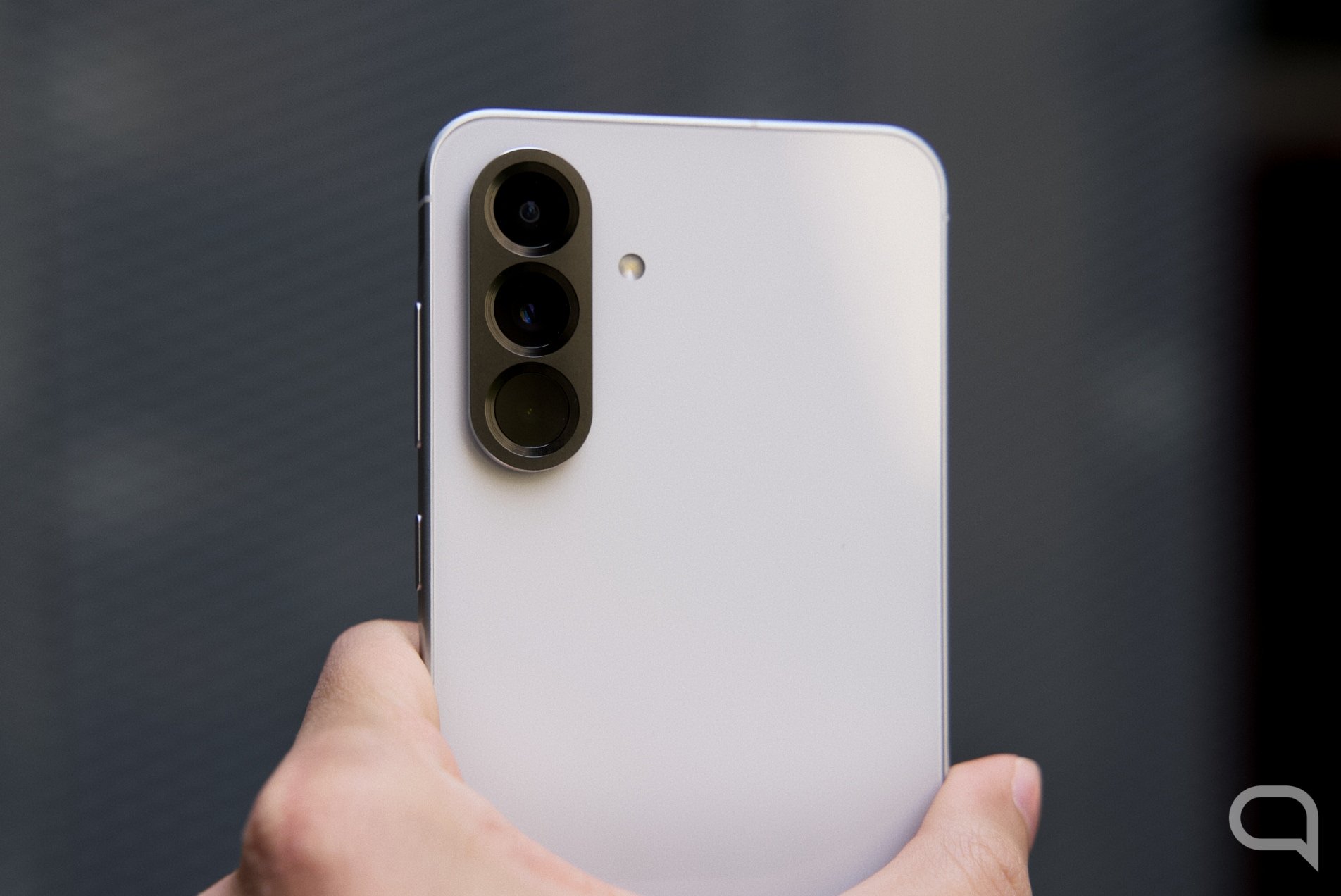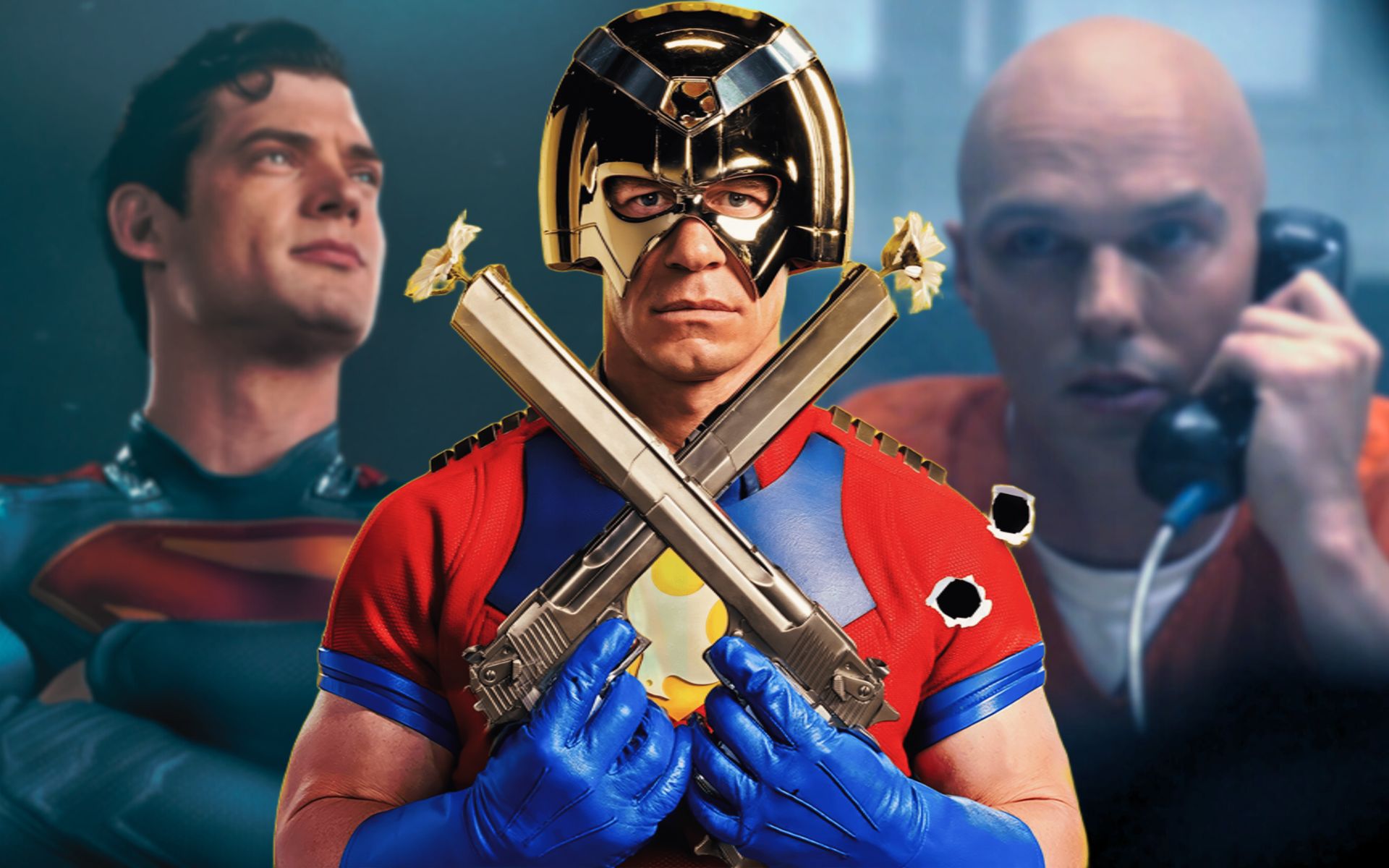It was way back in 2003 when emoji first appeared on MSN Messenger. Yes, the same famous instant messaging service that conquered the youth of that time. With the click of a button, our messages came to life. immediately. We were able to convey complex emotions such as infatuation, disgust, surprise and many more simply by using funny yellow “dolls” that did not reflect race or gender. Only the purest human emotions without mediated words.
Currently, in the middle of 2022, the arena of dozens of emoji sold to us in 2003 has grown exponentially. Today we have more than three thousand five hundred emoticons which not only reflect our state of mind; but also activities, places, languages, countries, food, animals and many other categories.
At first, it was just a few keyboard characters at the end of sentences that were added to convey emotion or seem “cool”. But as emoticons evolved from simple symbols to well-defined emoticons, they spawned their own universal language.
National
Of course, like everything that grows, emoji have taken on a life of their own. Despite the proposed simplified definition OxfordLanguages about these icons, which he described as “A drawing or sign expressing an emotion or an idea”; its influence today is so important and impressive that it can be compared with the hieroglyphs of Ancient Egypt.
However, you can’t expect a generation that grew up seeing emoji as mere “drawings or signs to express emotions”; use and interpret these important pictograms just like a generation that was born with thousands of such pictograms. And yes there is an amazing difference meanwhile, as millennials and Generation Z accept and use emoticons.
millennials against. Generation Z: fight for emoticons

One example that best describes the generation gap is the smiley face emoji. Yes, it is interesting small face what millennials love and it Generation Z fear. Actually the web National has a pretty realistic view of this phenomenon:
Face with a slight smile: If you millennialyou’ll think it’s pretty simple. Older people tend to use the emoji in its literal meaning, but it is also often used to express discomfort or discomfort in situations. For example, when a friend texts you to apologize for being late, you respond with a “smile” to make them feel uncomfortable and express your disappointment.
National
In fact, it’s been a few years since social media managed to transform the optics of this famous smiling emoticon. So far for those millennials still works, literally. Generation Z it has managed to abstract its meaning into something much more complex and even more complex. In many cases, emojis can represent the complete opposite of what they were originally created for, or even something that has nothing to do with it.
The list of emoji affected by this distortion is growing day by day. However, one of the most striking is the “crying loudly” emoticon. Although for the population millennials can be translated by its literal meaning: a crying person; for Generation Z means excitement, anger, frustration, laughter and “extreme” emotions.
But the use of emoticons doesn’t end there…

At the beginning of 2019 youtuber Spanish Ter uploaded a video titled “Creating 3D SPACES with Emoticons: Meta Emoji“. In this video, the architect talked about her newly coined term “metaemoji“. With the help of the latter, Ter intended to describe “An emoji combination that means more than the sum of its parts“.
Of course, emoji bundling was not Ter’s invention. However, with his video, he was able to document and explain a non-standard effect that is quite noticeable in the user community. Generation Z Internet: the trend towards combine different types of emoticons to get a more complex result.
For generation Z, context is everything

No wonder we compared these images with the hieroglyphs of Ancient Egypt. After all, these ancient symbols made sense depending on the context and other images that surrounded them, which is an effect we also started to see in emoji.
One of the most famous examples is the “Eye, Lips, Eye” combination. It’s quite common to find it in TikTok comments, and while each of these symbols individually doesn’t have much flexibility other than its literal meaning, the combination is able to offer a completely different result. With this order, we can express a range of different emotions, which will depend on the context in which the message is located. Among them are surprise, shock or a gaze.
The youth of TikTok confirms this

TikTok user @gabitosuarez2 has become a real celebrity in the platform’s Hispanic universe. This 19-year-old creator produces videos on LGBT+ themes, humor and viral internet content; there are several videos demonstrating the effect of emoji on Generation Zand this is a perfect example of what we are talking about today.
Here we show you an image of a quite popular user video. On it we see him sitting with his hands tied behind his back; while the description above his head reads: “You are sentenced to be with a person who laughs at emojis, cries with laughter and emojis roll with laughter.In his reaction, we see him repeatedly and silently yelling “No”, while in the video we hear the song everything she said duet tATu
More than pretty faces
Emoticons have managed to create their own universal language. Thousands and hundreds of years ago, communication with other cultures was much more difficult than it is today. Learning a new language was as difficult as pointing to item after item and remembering their names, even if you didn’t even know how to write them. Now, however, emoticons don’t need any translation. They have become a kind of universal sign language that everyone can use.
Of course, emoji suffered just as much as any other way of communicating. Each generation uses it differently. For example, the internet is full of memes grandmothers express their ‘sincere condolences’ with ‘laughing with tears’ emoticons. Of course, it’s not that grandmothers laugh at the death of someone they know (we want to believe); but for them, the mimic signals of these yellow faces have a completely different meaning.
Although the difference between millennials D Generation Z it is beginning to be noticed in the world of emoji; it’s unlikely that there really is a problem. As for the latter, they know that they use these images somewhat differently than others, and probably won’t be a point of conflict at any point in history. As for the former, they probably do not attach such importance to these signs as to become a cause for complaint; unless it is used in “inappropriate places”.
The truth is we are before birth a new kind of language. A birth that began in mid-2003 and took almost two decades to take shape. It is clear that it does not have the complexity of languages that have been formed over millennia; but we could be on the doorstep the birth of an ideographic writing system that future generations will use. And most importantly, it is accessible and understandable to the whole world.
Source: Hiper Textual











